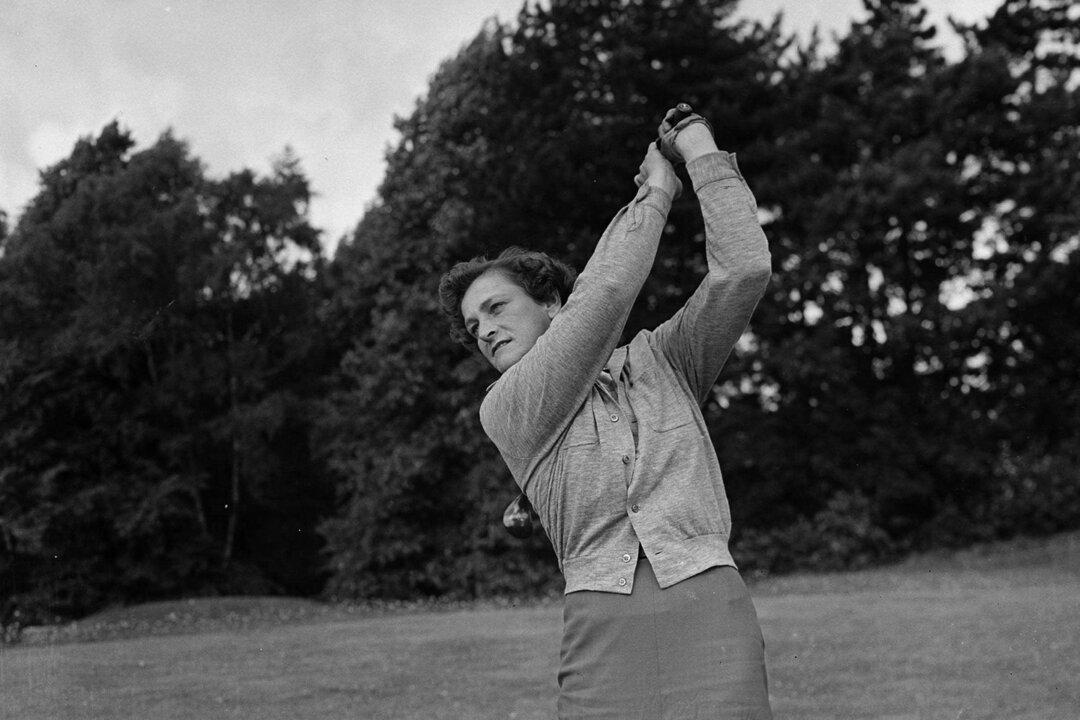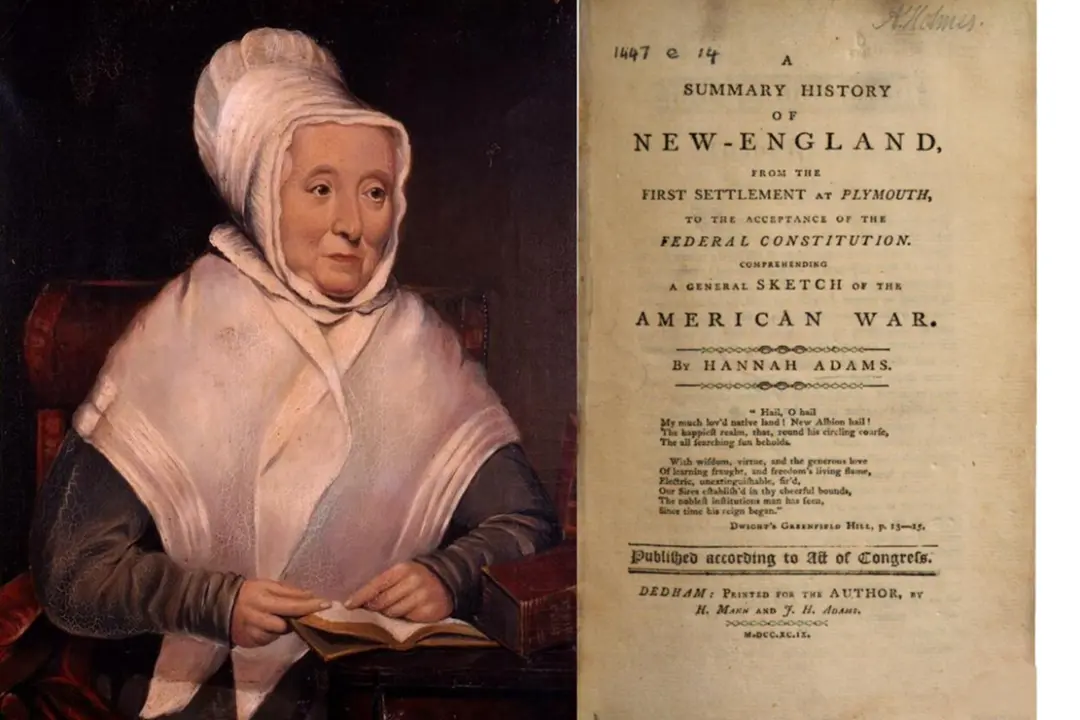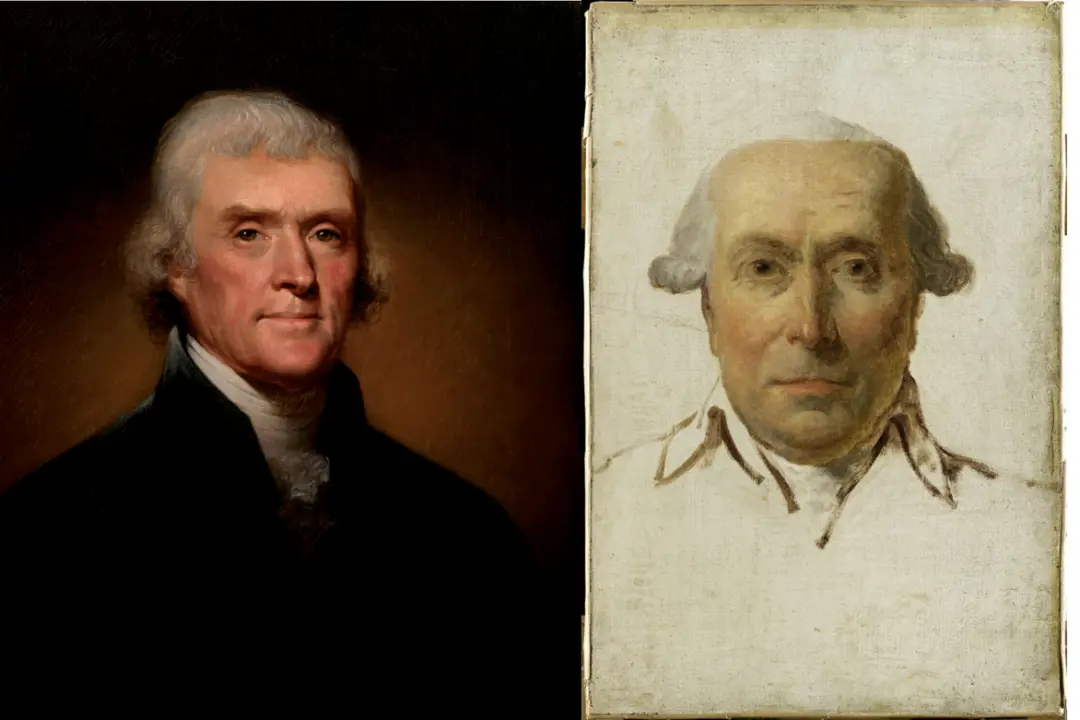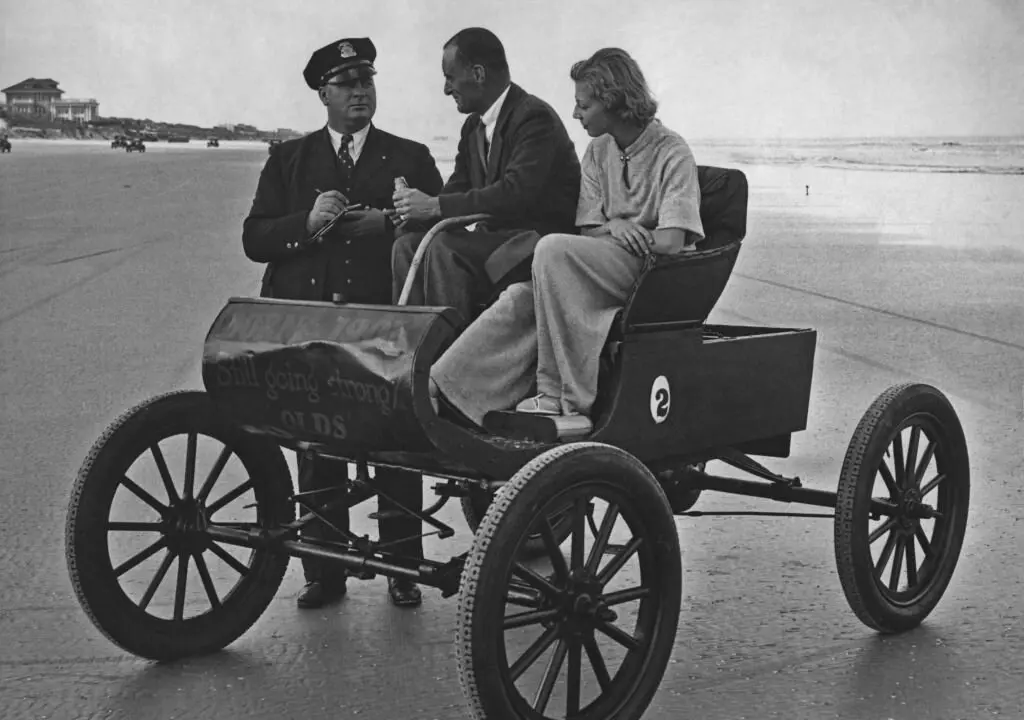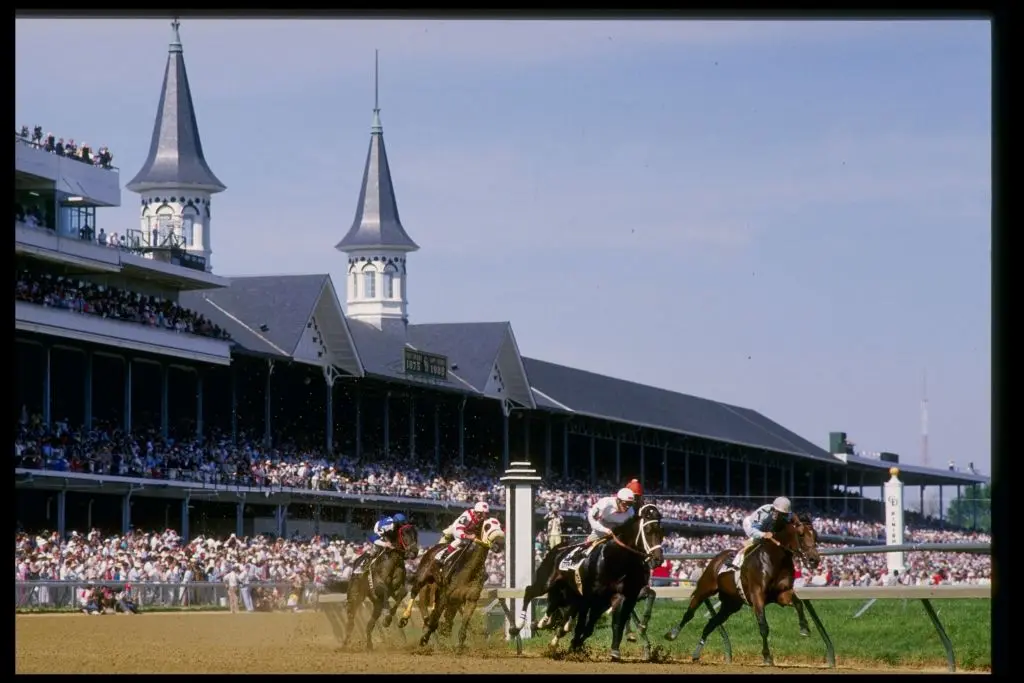On the morning of Sept. 27, 1956, President Dwight Eisenhower opened his White House press conference by saying, “Ladies and gentlemen, I should like to take one minute to pay a tribute to Mrs. Zaharias, Babe Didrikson. She was a woman who, in her athletic career, certainly won the admiration of every person in the United States, all sports people all over the world. ... I think that every one of us feels sad that finally she had to lose this last one of all her battles.”
Babe Didrikson Zaharias was dead at age 45.

